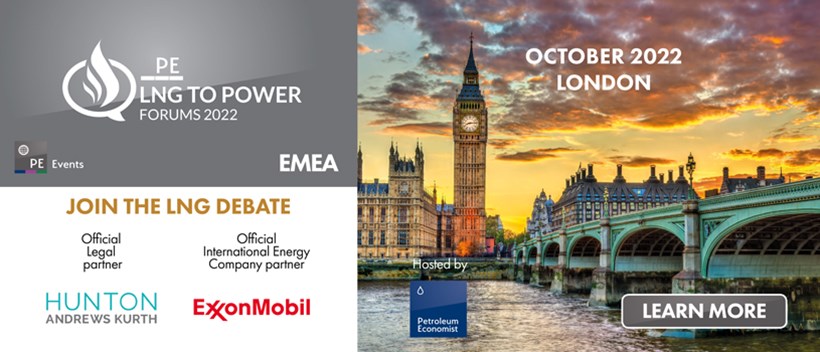
Europe’s ambition to displace two-thirds of its of Russian gas demand by the end of 2022 and eliminate its dependence well before 2030 is a game-changer for European LNG and for the continent’s gas-fired power sector. But it also ripples inexorably towards Africa, the Mena region and the rest of the world.
In the short-term, European demand for LNG imports is set to spike, with existing terminal at high utilization rates and a rush to fast-track new temporary and permanent regasification capacity. But there is also greater impetus to reduce Europe’s gas demand, including in its power sector, much more swiftly than previously planned.
For Mena’s gas producers, Europe’s needs present an opportunity, not just for traditional heavyweight Qatar, but also countries like the UAE and Egypt that want to boost exports or Saudi Arabia and Iraq that seek to enter the game. Algeria faces a pipeline-or-LNG choice; there is a premium on Libya to achieve the requisite stability to exploit its gas potential, and the East Med continues to wrestle with how best to match its resources with the extra-regional demand opportunity.
Sub-Saharan Africa’s existing and potential LNG exporters should also be looking at a rosier short-to-medium-term future. But for energy-starved importers, the situation is bleaker. Lack of affordable gas and LNG make stall any African dash-for-gas, with environmental, social and economic impacts.
Join us for the 4th annual LNG to Power Forum EMEA in London!






